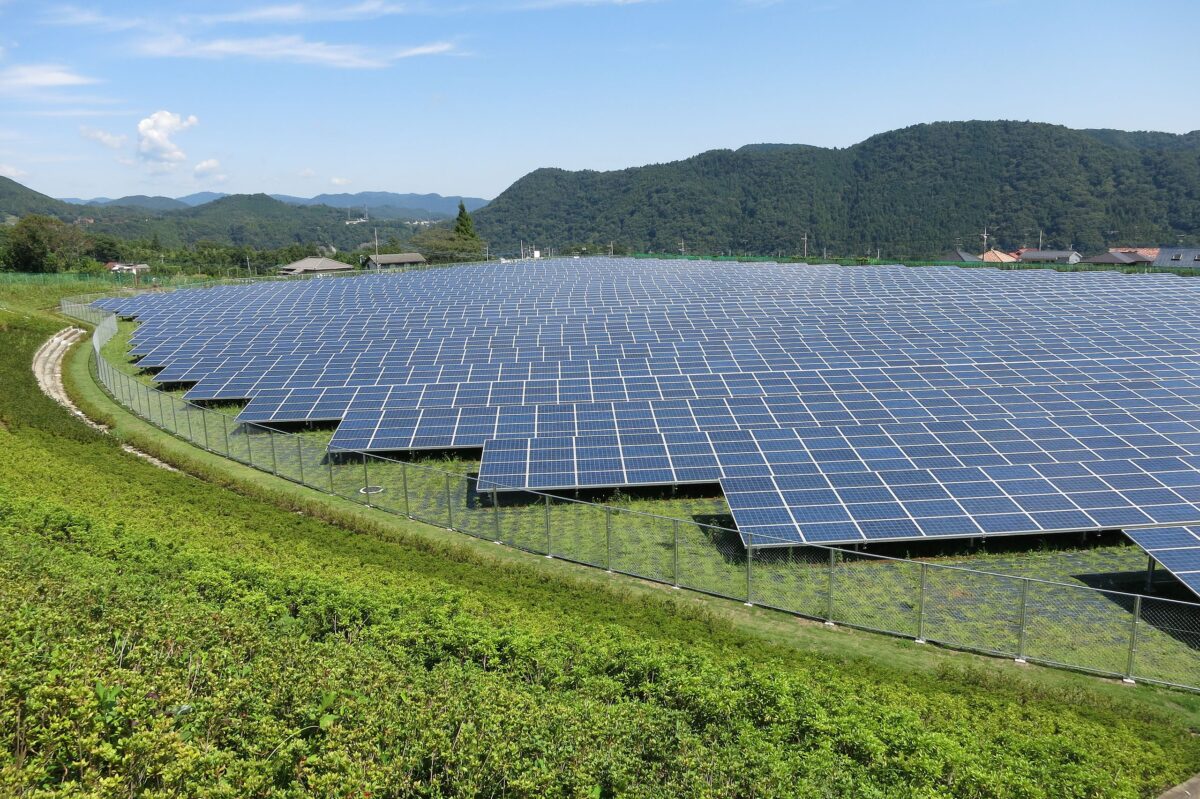While solar has been growing at a remarkable rate, climate and solar experts warn that it may not be happening fast enough.
The world accomplished the feat of installing 1 TW of solar about one year ago. Now, global researchers say that humanity must reach 75 TW of solar capacity to meet global decarbonization goals.
“Time is of the essence, so it’s important that we set ambitious and achievable goals that have significant impact,” said Martin Keller, director of the National Renewable Energy Laboratory (NREL).
This consensus was shared at the Terawatt Workshop, a global workshop bringing together NREL, the Fraunhofer Institute for Solar Energy in Germany, and the National Institute of Advanced Industrial Science and Technology in Japan. Its findings were published in a report called Photovoltaics at Multi-Terawatt Scale: Waiting is Not an Option, published in Science. The report was assembled by 41 institutions from 15 countries.
The Terawatt Conference first convened in 2016, addressing the challenge of reaching at least 3 TW by 2030. In 2018, the target was moved to 10 TW by 2030, and 30 TW by 2050. That year, the group successfully forecast that the 1 TW threshold would be crossed over a five-year span.
Today, the U.S. makes up roughly 17% of global energy consumption, carrying a large share of responsibility to decarbonize. Cumulative solar deployment across residential, commercial, and utility scale could range between 536 GW to 1.4 TW by 2050, said the Energy Information Administration (EIA). According to the research coalition, the rate is not nearly enough, though EIA has historically been conservative in its renewables forecasts.
EIA analysts project that renewables, including solar, wind and storage, will represent 69% of capacity additions in the U.S. through 2050. Yet, EIA’s own data shows that solar, wind, and battery energy storage technologies are now 82% of new capacity additions actively planned to come online. This kind of highly conservative reporting may be problematic, said the Terawatt Conference report.
The Terawatt researchers argue that low-balling global photovoltaics (PV) deployment projections while waiting for consensus on other energy pathways or last-minute technological breakthroughs is a strategy that the world cannot afford to take. They said that manufacturing capacity for solar components must ramp up, and that waiting is “no longer an option.”
“A major risk for the next decade would be to make poor assumptions or mistakes in modeling the required growth in the PV industry, and then realize too late that we were wrong on the low side and need to ramp up manufacturing and deployment to unrealistic or unsustainable levels,” said the report.
The consensus report highlighted three challenges for the global PV industry:
- PV industry must continue to grow 25% annually over the next few critical years
- Silicon solar panel manufacturers must reduce the amount of silver used to sustain multi-Terawatt capacity
- Material sustainability and environmental footprint of PV manufacturing must improve
The workshop participants said that the global PV industry must redesign the technology around environmental effects a circular economy, though recycling materials is not an economically viable solution at present.
The report concluded that 75 TW by 2050 is “is both a major challenge and an available path forward. Recent history and the current trajectory suggest that it can be achieved.”
This content is protected by copyright and may not be reused. If you want to cooperate with us and would like to reuse some of our content, please contact: editors@pv-magazine.com.









A TED Talk presentation this week, by a very experienced tracker of solar energy development’s acceptance into world daily life was very encouraging.
He had a set of graphs, compiled through decades, showing how straight and quick, that engineering, business and social interests together, maybe not necessarily working together, had brought down energy production projects’ costs. Showed that almost all commercial, agency and expert individual deciders, no matter how optimistic and sure of solar, consistently and greatly underestimated rates of growth for – corporate utility scale “large array” infrastructure (“the Grid”, “Links”).
Never mentioned newer efficiencies, flexibility, effectiveness of – in-town districts’ – “distributed” compact onsite Microgrids; Rooftop solar on all new construction; no siting permits except onto industrial, defense disrupted/constructed/Brownfields; efficient high latitude/low angle light, vertical “tower” collectors; new generators, inverters, effective safe transmission, new combination storage designs…TED Talk is only 15 minutes.
Waiting for Part 2 TED Talk…It could be, – Microgrid is already up and going forwards, – because – of its safer ecology costs and effects, and its locally – and reliably – affordable installation and maintenance.
Leaving the best part for last?
The IEA solar projections have, in the past, been ridiculously conservative.
Ramez Naam on his blog does a great takedown of their projections from a decade ago.
The IEA are basically representing the interests of fossil fuel companies (who set them up) and should not be relied upon.
IRENA and Greenpeace have been far more accurate when it comes to solar power.
The IEA claims that annual solar installations by 2030 will be 1 Tw.
Which means, in reality, 1.5 – 2 Tw+ at least.